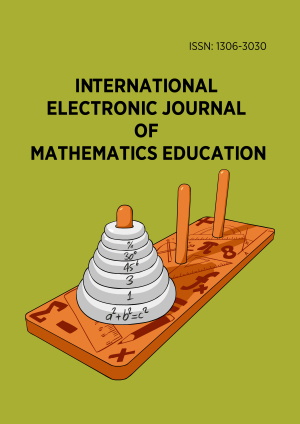Abstract
Based on an experiment carried out with 10- to 11-year-old pupils, this paper questions the place of imagination in a class activity using the history of mathematics. The study focuses on three groups of pupils who were offered three variants of the same activity based on base-60 counting (our time measurement system inherited from the Babylonians). To identify differences and similarities between the three scenarios, a quantitative analysis, using a Principal Component Analysis (PCA), was carried out on the basis of the pupils’ productions and a questionnaire. The approach remains exploratory, but it seems to indicate that imagination plays a relevant role in sessions using history of mathematics.
License
This is an open access article distributed under the Creative Commons Attribution License which permits unrestricted use, distribution, and reproduction in any medium, provided the original work is properly cited.
Article Type: Research Article
INT ELECT J MATH ED, Volume 16, Issue 3, October 2021, Article No: em0660
https://doi.org/10.29333/iejme/11296
Publication date: 21 Oct 2021
Article Views: 3466
Article Downloads: 1834
Open Access Disclosures References How to cite this article
 Full Text (PDF)
Full Text (PDF)